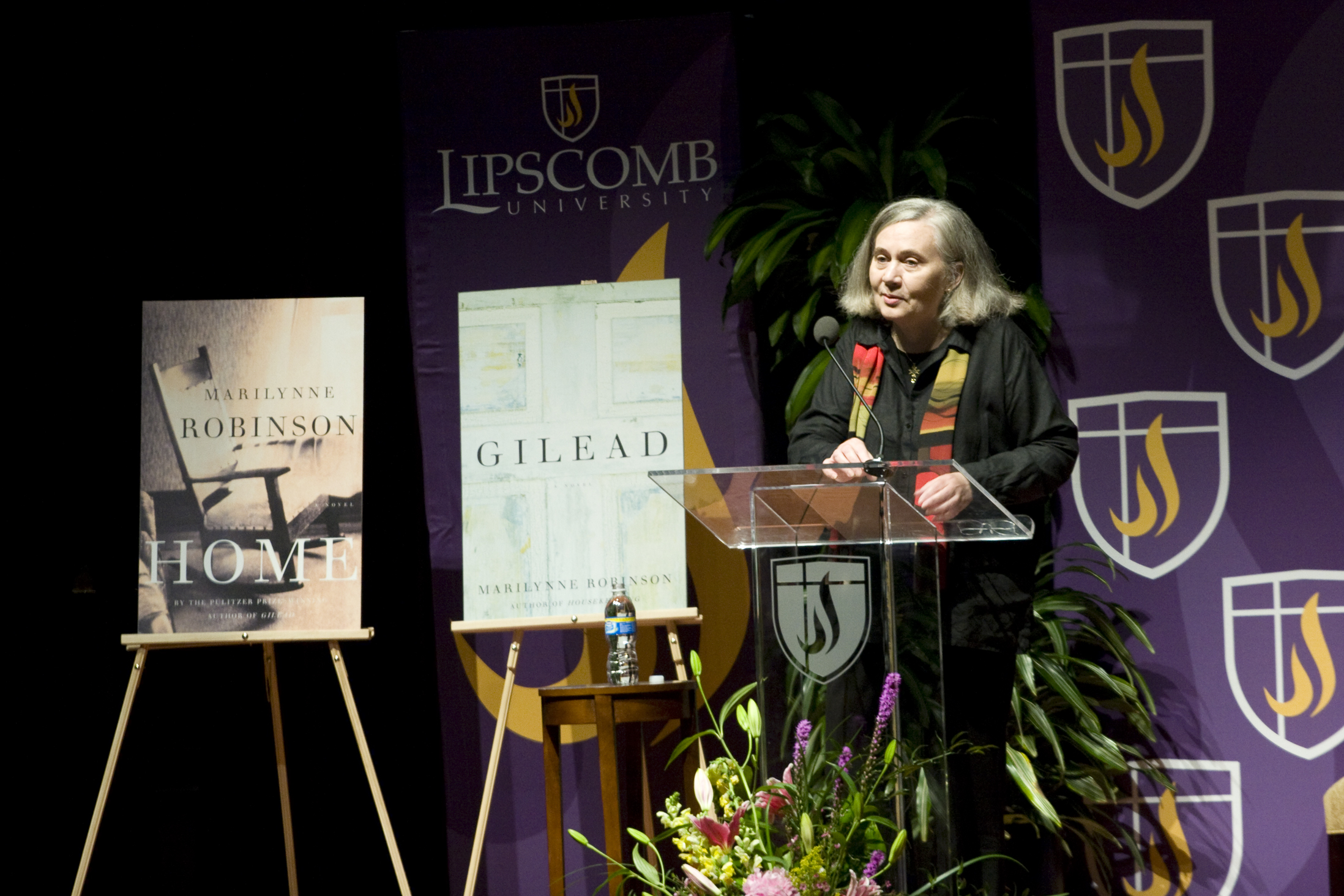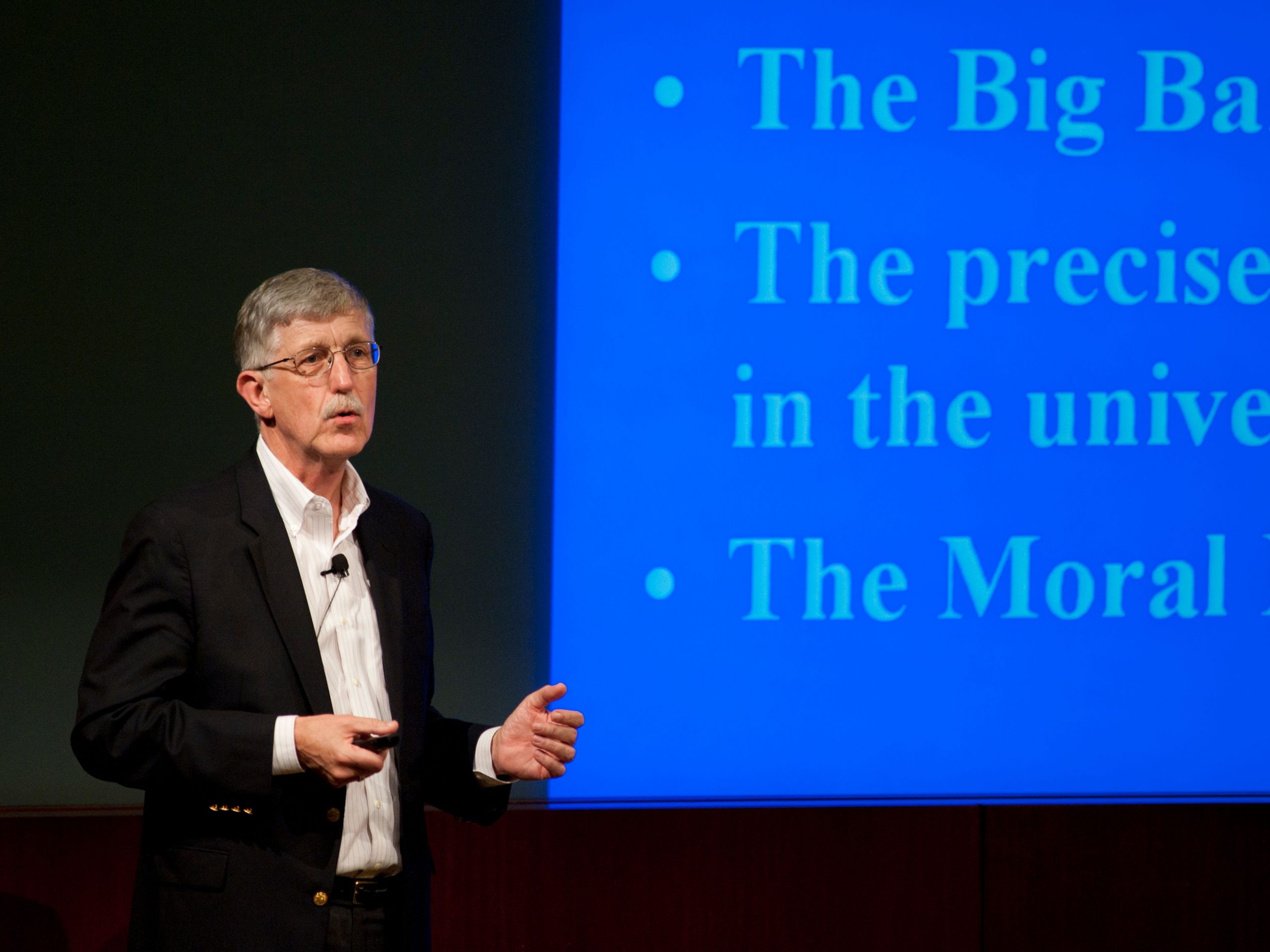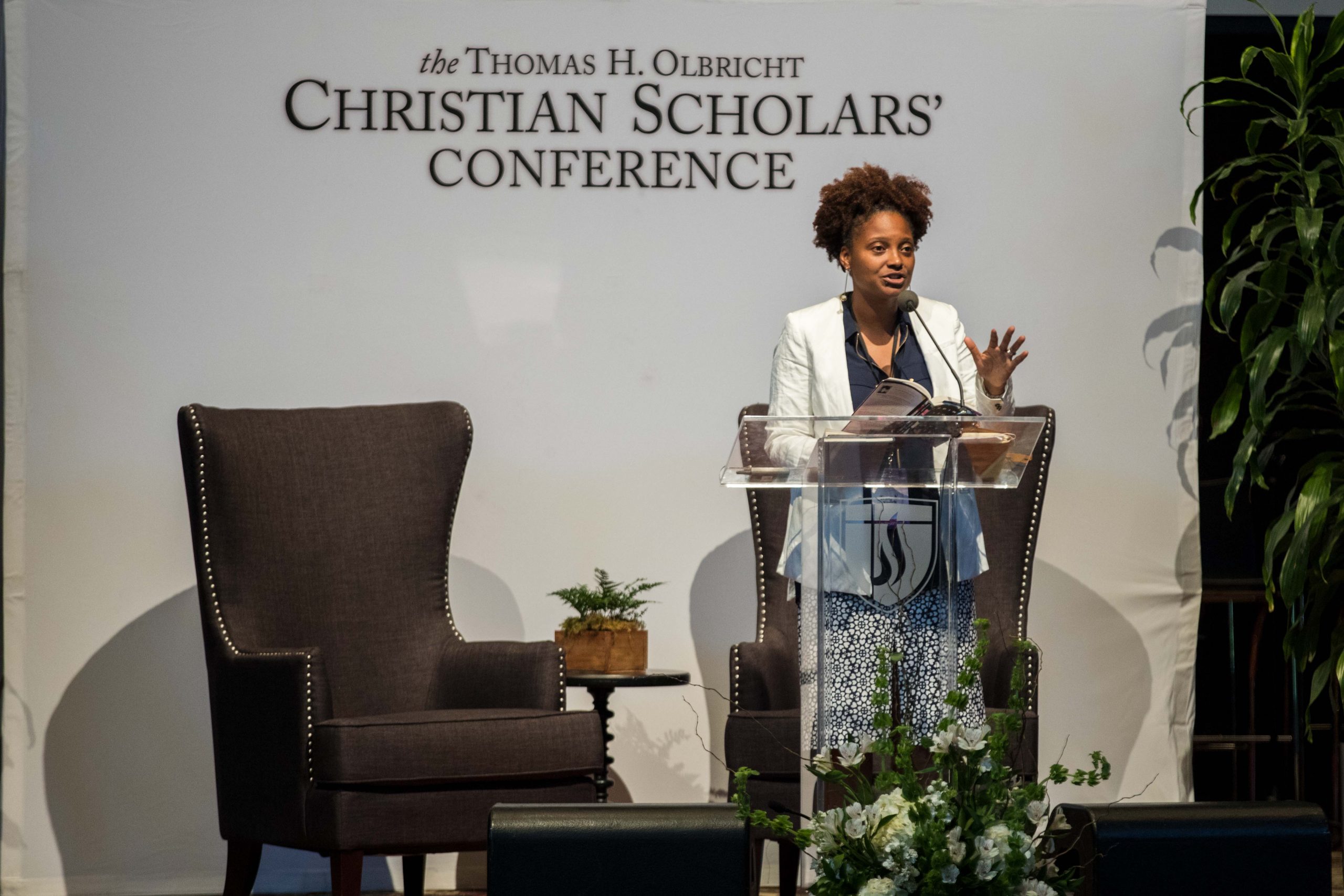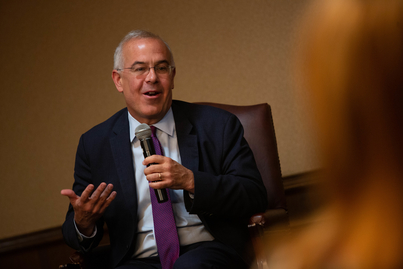Recent Research in Hymnology
When: June 8, 2023, 3:30 pm - Thursday
Where: LTL Main Hall
Session 5
Session Abstract
This panel provides an overview of three ongoing research projects related to hymns, congregational singing, and theologies of interpretation on our understanding of hymns. Themes of labor and work are analyzed over a four-hundred year corpus of English-language hymns, with specific focus on songs from the era of the American Great Depression. Additionally, trinitarian language (or its absence) in hymns from Church of Christ hymnals reveals insight into the Restoration hermeneutic of the nature of God.
Paper Abstracts
DJ Bulls, Glenwood Church of Christ, Tyler, TX, “Trinitarian Language in Church of Christ Hymns and Hymnals”
You can learn a lot about a church by thumbing through the pages of its hymnals. Such an investigation in the major hymnals of Churches of Christ over the last century reveals a startling absence of central tenet of most Protestant faiths. This work examines what hymnal editors of major Restoration Movements song books thought about the Trinity, including how our appropriation of, ignorance of, and willful avoidance of the trinity has created generations of people who do not understand the importance of the Trinity in our worship and our theology.
Megan MacDonald, Executive Director, Society for American Music, “‘I Want to be a Worker for the Lord’: Identities of Faith and Labor in Depression-era Hymnals”
famous hymn, which lived on long after Isaiah Baltzell’s death, in Depression-era paperback hymnals, brings up difficult questions in a time of economic devastation: What do I do when I can’t work? How is my work part of my identity? How do issues of work and labor shape my faith? These paperback hymnals, which contained dozens of new songs in each publication, were exceedingly popular during the 1930s. Many songs grapple with issues of work, labor, and identity. How can the laborer identity become a site to understand broader issues of song and faith? I seek to answer this question by critically examining music, song lyrics, cover images, and discussions in gospel newsletters from the era.
Monty Lynn and Gregory Straughn, Abilene Christian University, “‘Work for the Night is Coming’: The Meaning and Significance of Labor in Christian Hymns”
We examine how popular religion portrays human labor by analyzing work themes in Christian hymns published over five centuries, from 1500 to 2000. Utilizing an emergent qualitative approach, we identify eight themes: Reward follows Work; Work with Dedication; God Provides; Work is Difficult; Work is Holy; Work is Duty; Work in Solidarity; and Witness at Work. A quantitative examination indicates that the themes of Reward follows Work, Work with Dedication, and God Provides occur most frequently. Reward follows Work and Work with Dedication decline in the second half of the twentieth century while Work in Solidarity rises, suggesting increased attention to global labor justice. Historically, hymns broadcast the Protestant Work Ethic. Today, they herald several underexplored dimensions of workplace religion.
Speakers
Gregory Straughn, Abilene Christian University, Convener
- D.J. Bulls, Glenwood Church of Christ, Tyler, TX, “Trinitarian Language in Church of Christ Hymns and Hymnals”
- Megan MacDonald, Executive Director, Society for American Music, “'I Want to be a Worker for the Lord': Identities of Faith and Labor in Depression-era Hymnals”
- Monty Lynn and Gregory Straughn, Abilene Christian University, “‘Work for the Night is Coming’: The Meaning and Significance of Labor in Christian Hymns”





